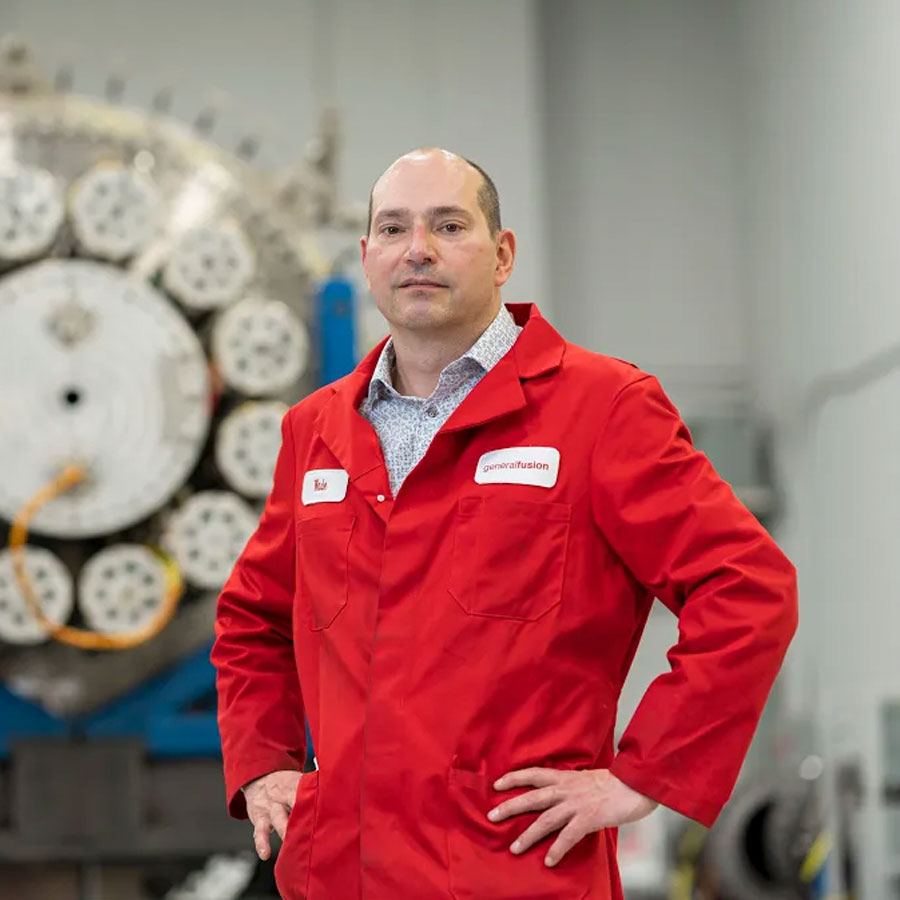By Christofer Mowry, Chief Executive Officer at General Fusion
Unfortunately, in the most recent annual Trust Barometer, media as a social institution fell to the bottom of the list among the public as a trusted source of information. Contrary to this sweeping generalization, however, we at General Fusion see that investors and governments still depend on their steady diet of media to help inform technology choices and policy decisions. News consumption remains one of the few constants for many people and science coverage, in particular, increasingly defines our perception of reality.
Lately, media coverage has been a terrific aid in building necessary momentum for the commercialization of fusion energy. Supportive, accurate coverage helps bring our innovative ideas and transformative technologies to life for a widening base of stakeholders. Fusion’s move into the mainstream of social discourse isn’t by accident. General Fusion and other private fusion ventures dedicate serious and deliberate effort to disseminating fact-based, unbiased information to the media. Reporters and editors are now leaning forward to ensure society has a more accurate view of the benefits and challenges of fusion – a more balanced view of the imperative to deploy fusion at scale into the global energy system as the lynchpin of our transition to a low-carbon, sustainable future.
Over the years science and technology media have always remained an interested audience for notable developments in fusion. Now, however, we are seeing mainstream outlets delve into the story. For the February 6th segment of their Future of Everything series, The Wall Street Journal published an article on fusion energy – an article that was quickly followed by a cover story and multi-page feature in the February 14th newsstand issue. It was a Valentine’s note to fusion. Other signs of fusion’s move to mainstream media are found in Bloomberg’s television segment in January 2020 and Business Insider’s overview last December. As General Fusion engages investors, policymakers, regulators, and end-users in our push to deploy practical fusion energy, timely articles and stories lend credibility and agency to our conversation. They deliver accessible and non-partisan perspective to our work, building dialog outside of the usual academic and scientific venues. The more than $250 million of new private investment into fusion over the past 10 months, with the acceleration in technology development it is enabling, is in no small measure a result of this recent increase in media coverage.
We are excited to see fusion increasingly become part of the stories media tell about climate change. The Covering Climate Now project is making a difference. Media professionals spanning 47 countries and 323 outlets joined forces last September during the United Nations Climate Action Summit to demonstrate that newsrooms could do a better job covering changes to our world’s climate. They established a goal of including the topic of climate change in their daily news coverage – on par with traditional subjects like business, crime, or entertainment. With this committed attention to the subject, news coverage on changes to the environment has become more routine, not just relegated to episodic special events. This heightened attention over the past six months has also increased the opportunity for thoughtful reporting on solutions like fusion.
Seldom does a frontier industry enjoy consensus. But in our case, government, academic, scientific, and industrial stakeholders all agree on the imperative for ubiquitous deployment of fusion across the global energy industry. Fusion energy is one of those rare exceptions where virtually all those who follow its development agree that there are very few, if any, practical endeavors that will have a more positive impact on environmentally sustainable growth, the basis for the related Environmental, Social, and Governance (ESG) criteria popular among business stakeholders these days. Where opinions diverge is the matter of when it will be available. Many of our colleagues in the more than two dozen private fusion companies throughout the world strongly believe we will see commercial fusion power plants operating in the early 2030s.
Sharing an accurate, realistic message about the promise that fusion energy holds for the future of society is the responsibility of every stakeholder. Public, private, and philanthropic entities must step forward and champion the cause. They must establish advocates and develop surrogates who can effectively engage society’s thought leaders, provide policymakers with the tools and information they need to make fact-based decisions, and promote conversation that enables the deployment of practical fusion energy.
The power of storytelling can, of itself, motivate the translation of this vision to reality. The messages we send today will determine which story of fusion is written tomorrow.

